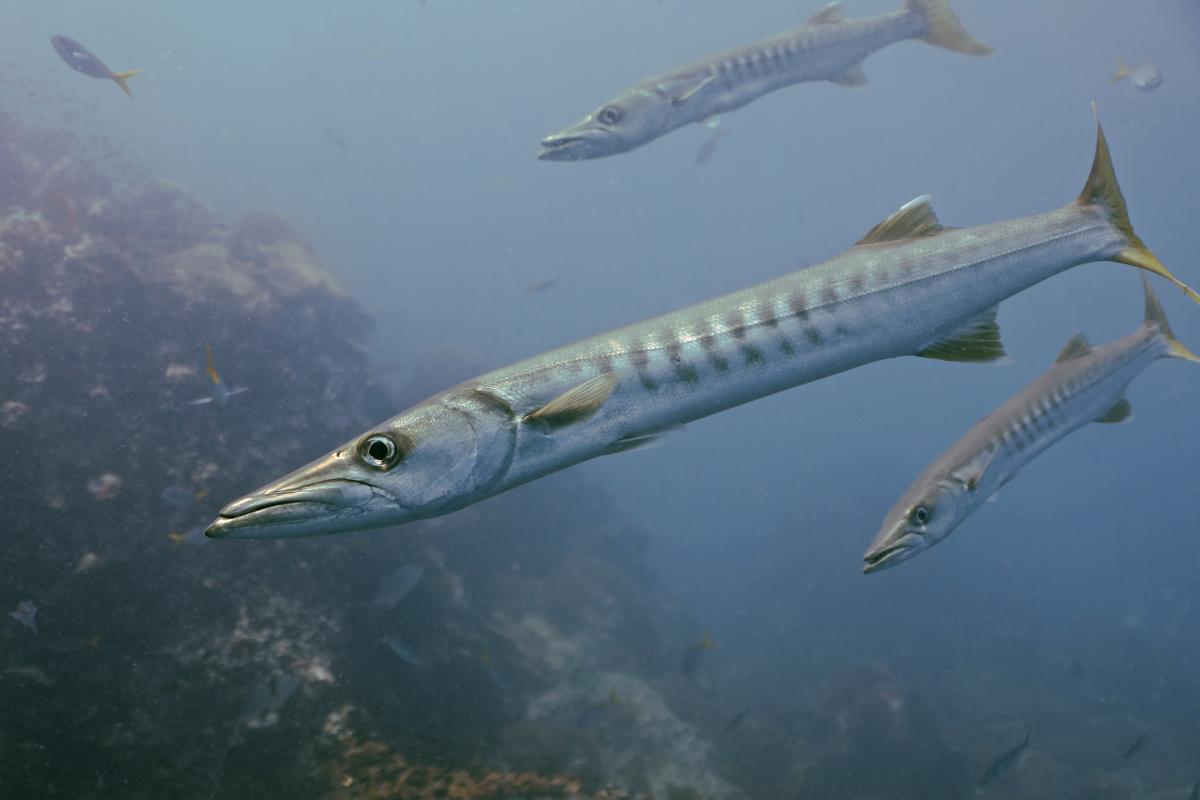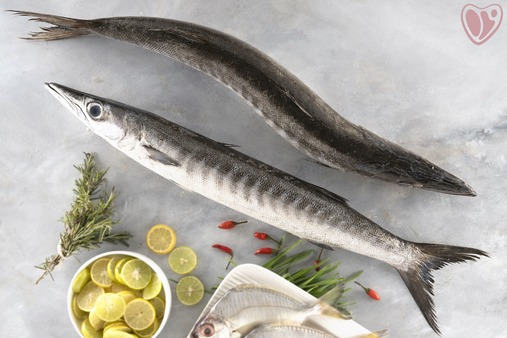

Common names for Barracuda
Pacific or California barracuda
Other languages for Barracuda
- French name: Bécune
- Italian name: Barracuda
- German name: Pfeilhecht
Introduction to Barracuda
The Pacific barracuda, or California barracuda, is one of about 20 predatory fish species in the family Sphyraenidae. It is found from Baja California to Kodiak Island, Alaska, but is most common between Baja and Southern California. Although the great, or Atlantic, barracuda (S. barracuda) is also a commercial species, it is the only one sold in the United States. It is seldom larger than 12 pounds; the market size is between 3 and 6 pounds. The great barracuda may grow to be 100 pounds in weight. It has limited domestic market value due to the association of great barracuda from Florida and the Caribbean with ciguatera sickness. Pacific barracuda treated properly offer no danger to human health. Bleed the fish immediately after harvesting; otherwise, the flesh would darken and deteriorate, even when frozen. Rapid icing is also critical for quality control.
Product profile for Barracuda
The raw meat of the barracuda is a creamy brown color that becomes off-white when cooked. The flesh of Pacific barracuda is firm and flaky, with a modest fat level. It has a rich, meaty taste.
Cooking tips for Barracuda
The firm-fleshed barracuda fillets and steaks stay together nicely when grilled or broiling, which are two of the most popular ways to prepare this fish. Steaks can also be pan-fried. The taste holds up to marinades and sauces with a lot of flavor. Because barracuda degrades rapidly if not handled correctly, keep it refrigerated until ready to cook.
Nutrition facts for Barracuda
Calories: 104 Fat Calories: 9.1 Total Fat: 1 g Saturated Fat: 0.29 g Cholesterol: N/A Sodium: 46 mg Protein: 22.2 g Omega 3: 0.18 g
Primary product forms for Barracuda
Fresh: Whole (gilled and gutted), Fillets, Steaks Frozen: Whole (G&G), Fillets, Steaks Smoked
Global supply for Barracuda
Mexico, United States, Iran